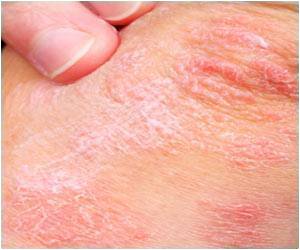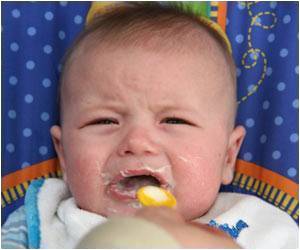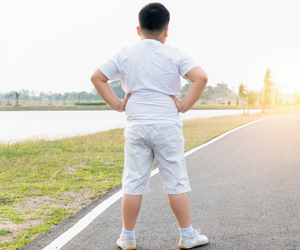A new study has revealed that a young person’s level of materialism is linked to their self-esteem.
Factors responsible for increasing materialism in kids include peer pressure, targeted marketing campaigns and bad parenting. Until now, there has been little evidence showing when this drive for material goods emerges in kids and what really causes it.This is one of the first studies to focus on the development of materialism among kids.
Deborah Roedder John, a professor of marketing at the University of Minnesota’s Carlson School of Management, and co-author Lan Nguyen Chaplin, assistant professor of marketing at the University of Illinois, have reported the results of two studies conducted with children in three age groups.
In the first study, they found that materialism increases from middle childhood (8 and 9 years old) to early adolescence (12 and 13 years old) but then declines by the end of high school (16 to18 years old). This mirrors patterns in self-esteem, which instead decreases in early adolescence but increases in late adolescence.
“The level of materialism in teens is directly driven by self-esteem. When self-esteem drops as children enter adolescence, materialism peaks. Then by late adolescence, when self-esteem rebounds, their materialism drops,” John said.
In a second study, John and Chaplin boosted self-esteem by giving children positive information about peer acceptance. Children were given paper plates with positive descriptors about them, such as smart and fun, which were provided by their peers in a summer camp setting.
Advertisement
“Particularly relevant is the fact that by simply increasing self-esteem in teens, we see a decreased focus on material goods that parallels that of young children. While peers and marketing can certainly influence teens, materialism is directly connected to self-esteem,” John said.
Advertisement
The study is published in the December 2007 issue of the Journal of Consumer Research.
Source-ANI
SRM/P






